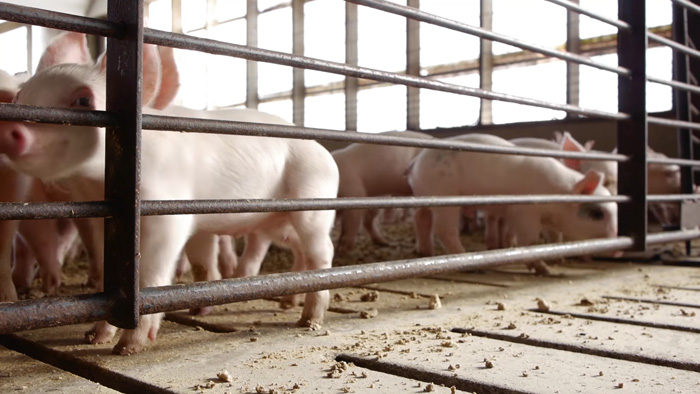Researchers with the Western College of Veterinary Medicine are examining the effect of Porcine Reproductive and Respiratory Syndrome (PRRS) on reproduction in an effort to identify strategies to keep sows from infecting their offspring.
PRRS can result in early farrowing, birth of weak infected pigs or mummification and death of the fetus but within a litter some fetuses will escape infection entirely or become infected much later than siblings and occasionally entire litters escape infection.
Researchers with the Western College of Veterinary Medicine have been looking at how the virus affects fetuses to better understand why some escape infection.
Dr. John Harding, a professor in the Department of Large Animal Clinical Sciences, explains various mechanisms have been considered but we still don’t fully understand how the virus crosses the placenta.
In our research, we discovered that the virus crosses the placenta very quickly and, to me, this suggests that the virus is using an easily accessible route to cross the placenta into the fetus. This might be hijacking an existing pathway supplying nutrients to the fetus, or related to the normal movements of immune cells in and around the maternal and fetal sides of the placenta.
The virus, we know, replicates in maternal immune cells and they exist in the uterine endometrium or lining. We found lots of evidence of infected macrophages replicating virus adjacent to the maternal-fetal border, as well as what looked to be “free virus” that was probably released from these macrophages upon their destruction.
These macrophages are the virus factories that the virus uses to propagate while these immune cells conduct their normal surveillance activities in the maternal fetal interface.
~ Dr. John Harding, Western College of Veterinary Medicine
Dr. Harding says the long-term goal of this work is to identify genetic factors that might be considered when developing breeding programs or to develop therapeutic interventions.




